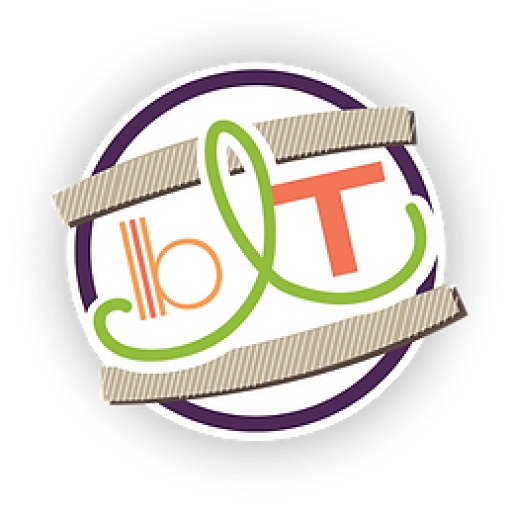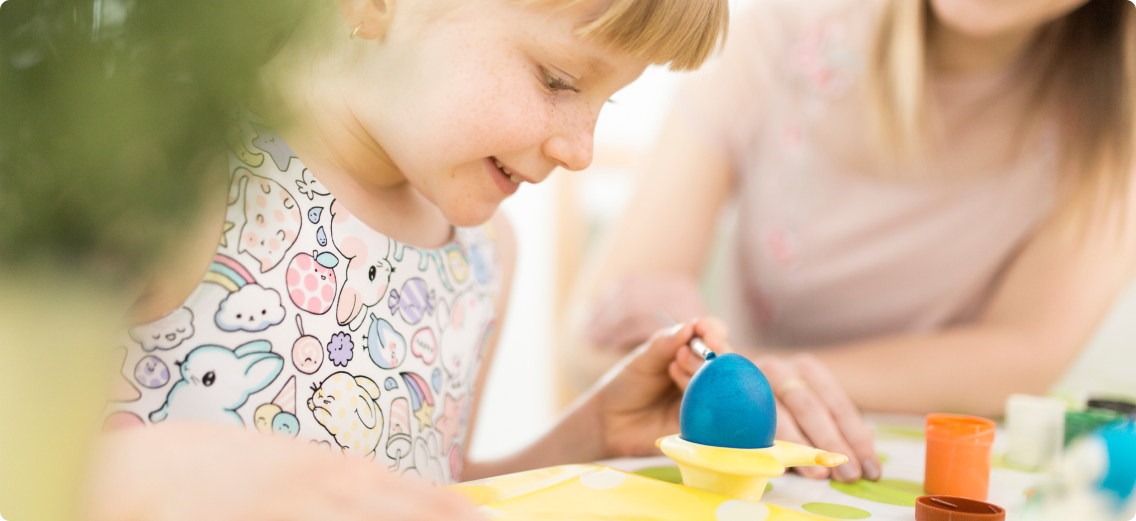When your child starts receiving therapy (physcial, occupational, and/or speech and language services), either for a diagnosed disability or just overall differences in their ability, the therapy they receive is (hopefully) guided by a scientific framework and specialized techniques. These frameworks and techniques help address and support your child’s physical, developmental, speech, language, and sensory processing differences. One such framework is DIRFloortime. Let’s go ahead and explore what the DIR model and DIRfloortime are exactly, how professionals, parents, and caregivers can use it, and the possible benefits it may bring to your child.
According to the ICDL website, “The objectives of the DIR Model is to build healthy foundations for social, emotional, and intellectual capacities rather than focusing exclusively on skills and isolated behaviors.”
- The “D” describes development from the perspective of the individual, where they are, and where they are headed. Understanding the unique developmental process means allowing space for each person to be respected and guided in their own developmental journey.
- The “I” describes the unique ways each person takes in, regulates, responds to, and comprehends the world around them.
- The “R” describes how relationships fuel our development. Humans are social beings and relationships are a key to our development. DIR harnesses the key affective (emotional) aspect of these relationships to promote development.
Another way to look at this is to think of DIR as a GPS.
- The D is a step-by-step instruction on where to start as well as the end.
- The I is the road conditions, we may need to take a detour, go slower in some areas, and occasionally backtrack where needed.
- The R is the vehicle in which we reside, and our emotional interactions are the battery powering the vehicle.
Now that you have a basic understanding of DIR, let’s look into DIRFloortime!
- DIRFloortime seeks to understand what is happening inside the child. What is going on underneath that is driving this behavior?
- The relationship between you (parent, caregiver, or therapist) and the child increases the intrinsic motivation to engage during play. This motivation increases when you add intonations, emotions, and movement into your play.
- DIRFloortime is strength-based, where you engage with your child at their current ability with their interests, and then expand and elaborate on the skills, allowing them to tackle challenges in a more positive environment.
- Parents are the cornerstone of this model, we want you to be the ones implementing and engaging with your child. In floortime, we want to promote development through their actions and choices. Surface behaviors and compliance are de-emphasized.
- DIRFloortime is all about opening and closing circles of communication. This means your child initiates an interaction (opens the circle), you respond, and the child responds back (closes the circle). A circle opens every time any form of engagement happens.Example: The child pushes a car back and forth alone, and they look at you (opens the circle), you respond by getting a car and joining in, pushing it back and forth, and the child responds by resuming the pushing of his cars (closes the circle).
How can you incorporate the principles of floortime?
Present a playful challenge:
Use playful obstructions to join in your child’s play a step furter! Let’s revisit the car example.
Example:Your child is pushing the car back and forth alone, and they look at you (open the circles), you respond by getting a car and joining in, but instead of moving the car as they do, you crash into them while vocalizing “crash!” and laughing, they may respond by laughing or telling you “no” (closes the circle).
The goal is to respectfully encourage simple interactions.
Incorporate cluelessness or wonder.Drive the car upside down “I wonder why my car is not moving like yours.” or “Hmmm, my car is not going as fast as yours.”
Expand on the interaction:
The idea of floortime is to have a good back-and-forth interaction whether that is via speaking or non-speaking, we want to prolong it as much as possible. Using the car model again.Your child is pushing the car back and forth and occasionally crashing into you. You can build on this by crashing into the couch, or into a tower or into a pile of cars. We are still following their interest, but expanding it just enough to get increased interaction.
Follow the child’s lead:
- Engage with your child in their interests, on their level, their way. There is no wrong way to play, and by connecting with them in their world, the relationship will grow.
- Decrease the amount of questions, this can be overwhelming to the child. Narrate the child’s play and be expressive!
- When the child is engaging in stimming behaviors, join in! Observe what caused this joy and build on that, deepen the engagement.
In summary, DIR and DIRFloortime offer a powerful way to support your child’s development by focusing on their unique abilities and interests. DIR emphasizes understanding the child’s developmental process, individual ways of interacting with the world, and the importance of relationships in fostering growth. DIRFloortime, meanwhile, promotes interaction through play, following the child’s lead, and building on their strengths to expand engagement. By incorporating these strategies into everyday life, parents and caregivers can play a key role in fostering a more positive and supportive environment for their child’s social, emotional, and intellectual development.
Please note: If a DIRFloortime approach is something that you would like to pursue for your child, it is important that you find a DIR certified therapist who can help guide you with your child’s development and engagement.
If you want to learn more about connecting with your neurodivergent child through a DIR/Floortime framework, visit Affect Autism.
Citation:
Home of dirfloortime® (Floortime) – what is dir®?. Home of DIRFloortime® (Floortime) – What is DIR®? (n.d.). https://www.icdl.com/dir
Guenzel, J., & Hall, L. (n.d.). Welcome to DIR 101: An Introduction to DIR® and DIRFloortime® (Floortime). Lecture.

